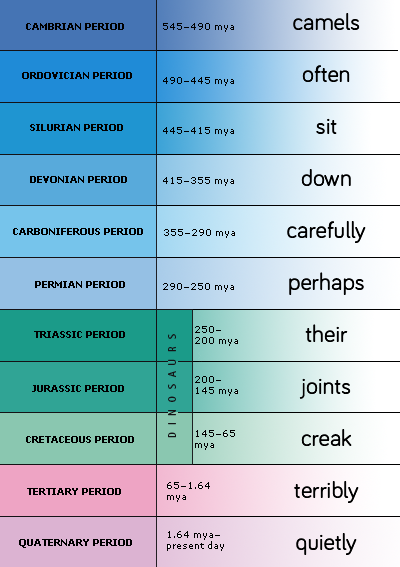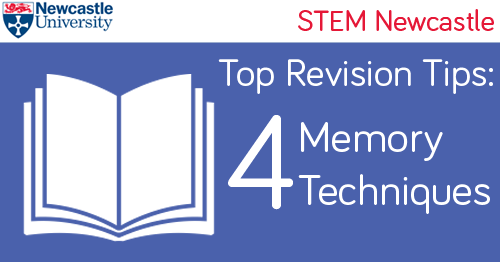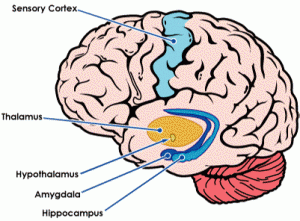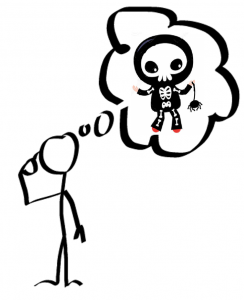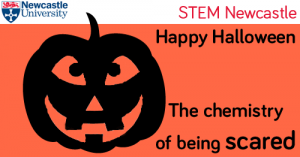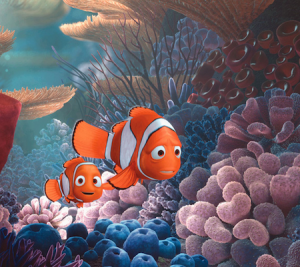Today is World Alzheimer’s Day, a day to raise awareness for a disease that is likely to affect 1 million people in the UK by the year 2025. To mark the day, our Social Media Intern and Neuroscience student, Charlie Wilkinson has written a guest post for us:
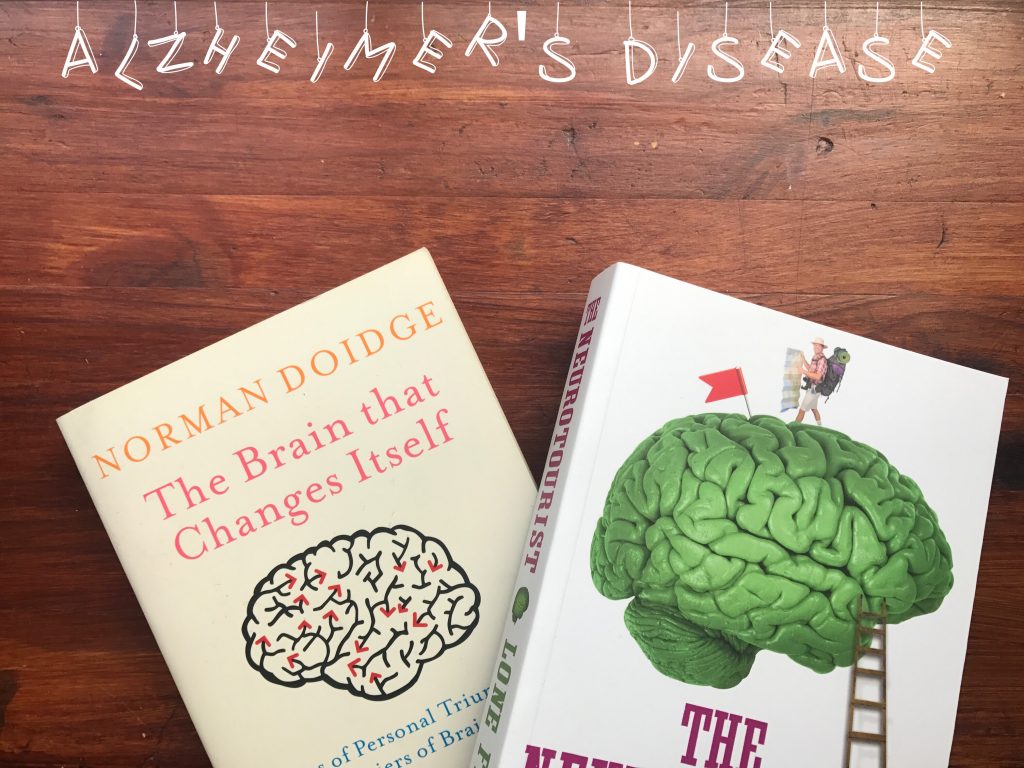
Alzheimer’s disease is a devastating neurodegenerative condition involving the death of nerve cells (neurones) in the brain, and the subsequent break down of communication between synapses.
Affecting millions worldwide, Alzheimer’s Disease is the most common form of dementia in the elderly, affecting 850,000 people in the UK alone. The disease is associated with serious cognitive decline, including typical memory and language impairment. The disease has now overtaken heart disease as the leading cause of death in women.
The biological mechanisms that underpin the development of Alzheimer’s Disease can be boiled down to the formation of plaques, and tangles. The development of the condition is a result of faulty mechanisms in the brain for the breakdown of a specific protein.
Plaques
Amyloid Precursor Protein (APP) is a protein found abundantly in the brain, stuck in the membranes of neurones. The function of the protein is largely unknown, but the way this protein is broken down is the critical early event in Alzheimer’s Disease.
Proteins like APP are made up of many small units known as amino acids; enzymes have the ability to break down proteins by cutting at specific amino acid sites. If the APP protein is cut by one enzyme (alpha), the protein that’s formed is healthy and soluble. If however, APP is cleaved by another enzyme (beta), the protein that’s formed is diseased and insoluble. This diseased protein is known as beta-amyloid.
As more of this beta-amyloid protein is formed, the proteins start to stick together or aggregate, forming senile plaques. Although the way these plaques cause damage isn’t fully understood, it is theorised that the body reacting to the plaques with an inflammatory response leads to damage of neuronal cells in the brain, which is the typical symptom of Alzheimer’s Disease.
Tangles
The other proteins typically associated with Alzheimer’s Disease are neurofibrillary tangles. Tangles are formed through twisted fibres, formed as small protein units called ‘tau’ which stick together inside neurones.
The tau proteins are usually associated with the transport system inside these cells – nutrients are important for the function of these nerve cells, and transport systems supported by tau are important in moving nutrient and other supplies around the cell.
When tangles form using tau proteins, these transport systems essentially malfunction meaning nutrients and other essential products can’t be transported around the cell and the cell starts to die.
There is no cure for Alzheimer’s Disease, and treatments can only target the cognitive decline and other symptoms associated with the disease. Treatments for the condition, however, are becoming ever more effective targeting different aspects of the disease. The determination of researchers to develop treatments to reduce the burden of the disease in sufferers, is encouraging for the future of Alzheimer’s disease.
The 21st September 2017 is world Alzheimer’s day. For more information about Alzheimer’s Disease and to find out how you can help combat this illness visit the Alzheimer’s Society here.






